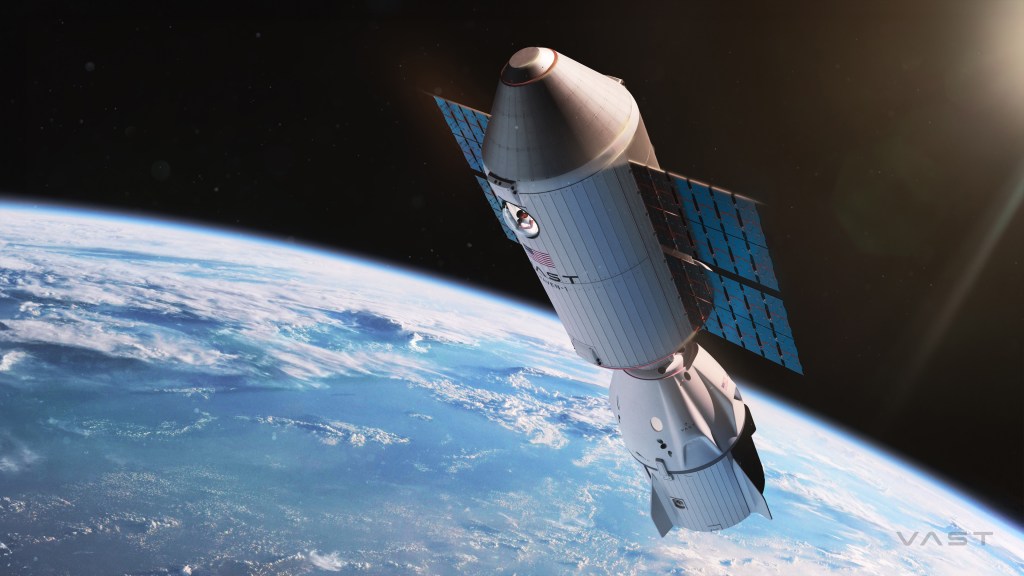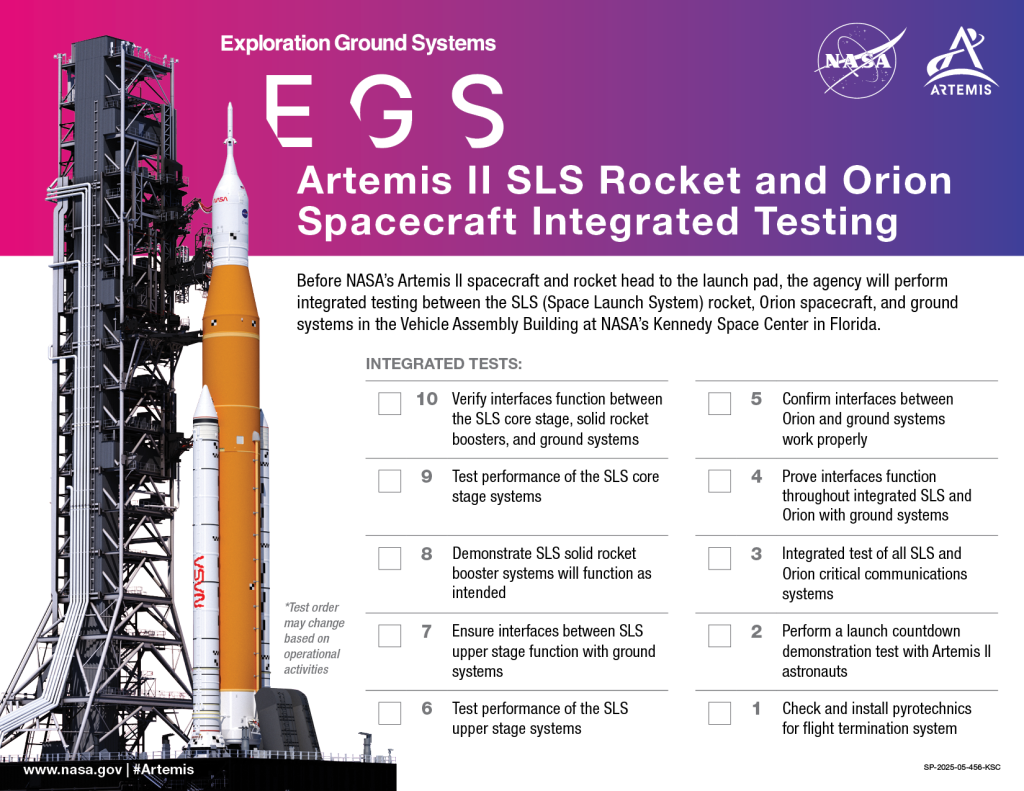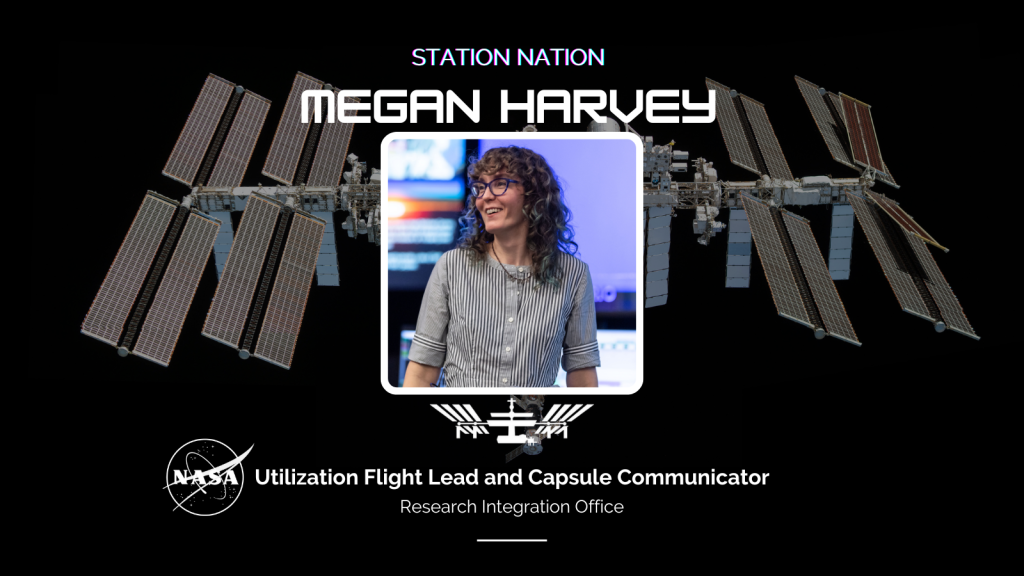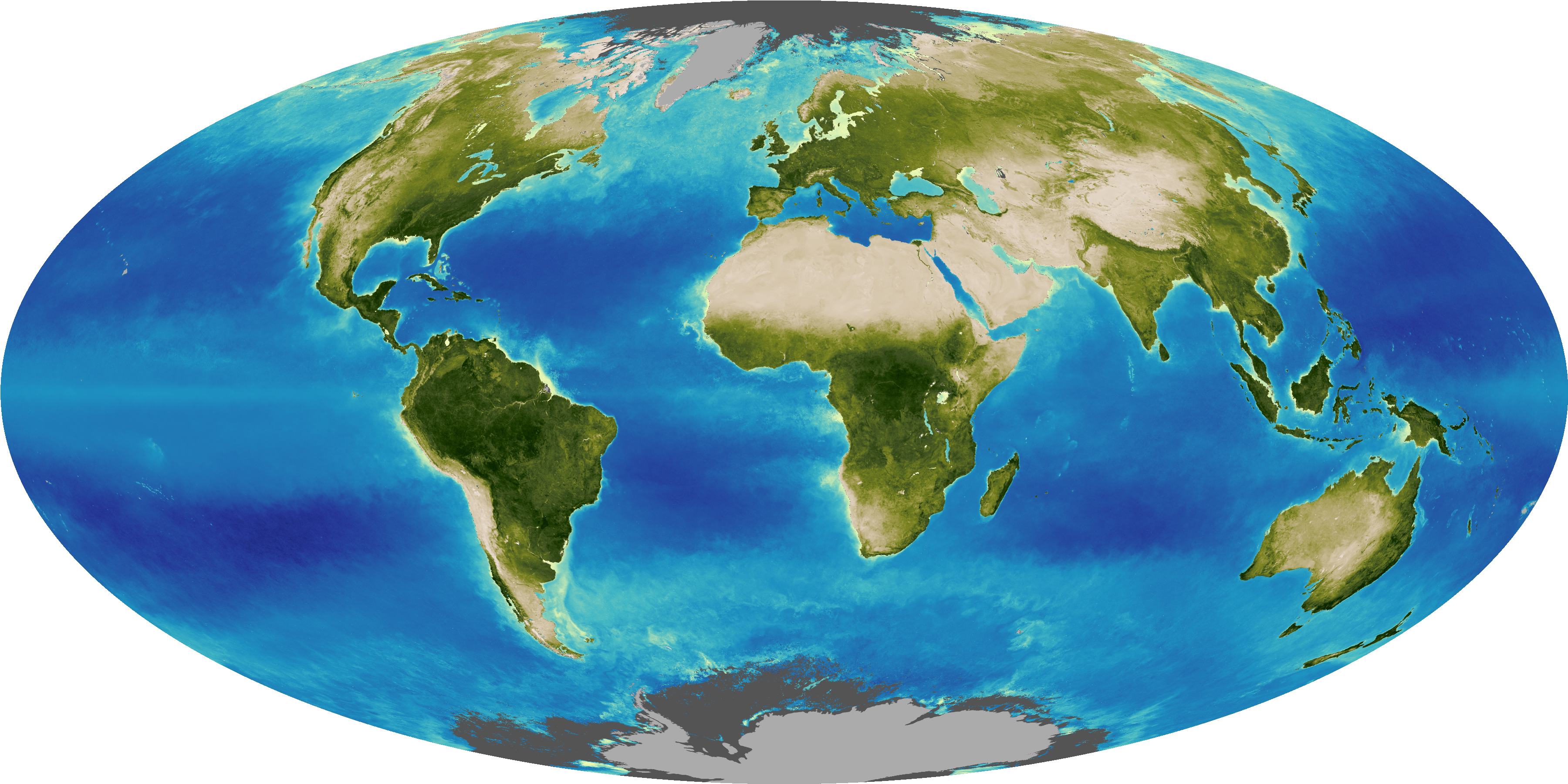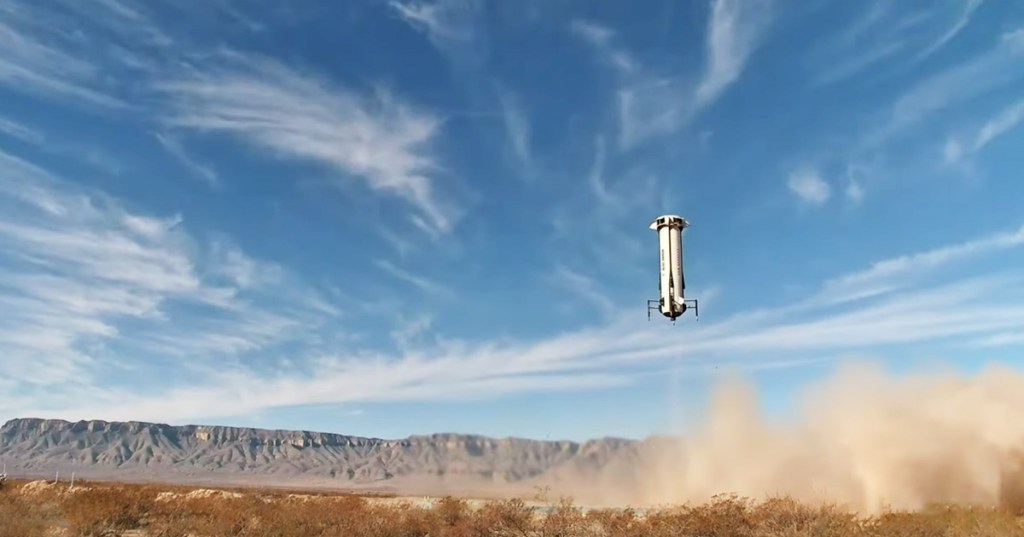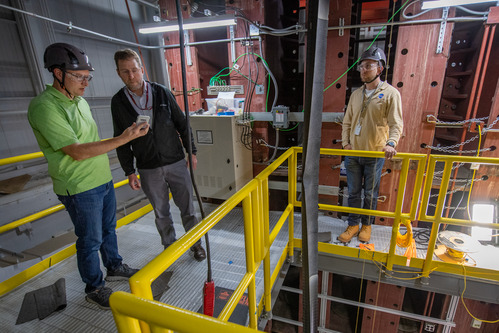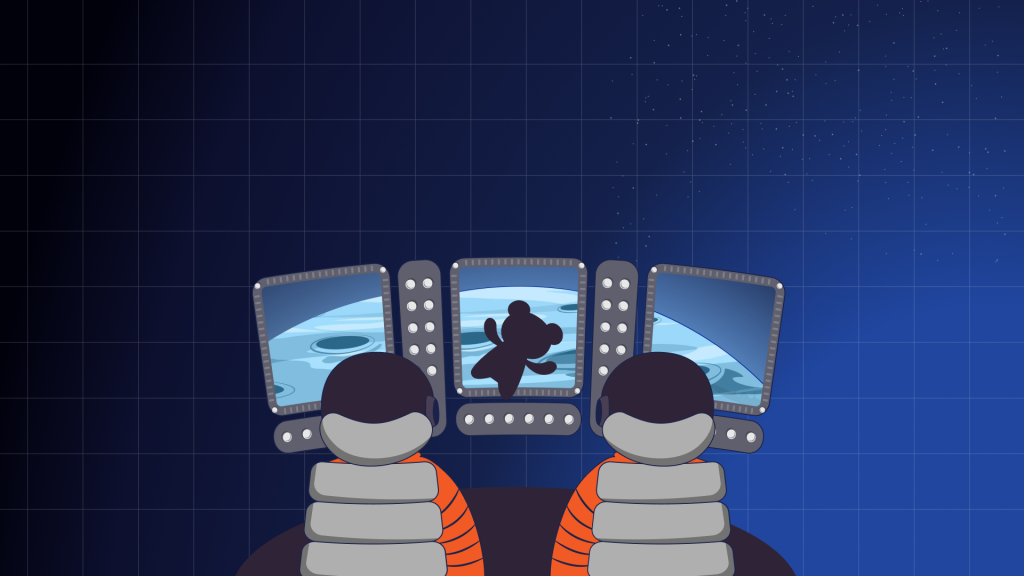Debug: VIP-CLI v3.7.1, Node v18.20.1, linux 5.15.153.1-microsoft-standard-WSL2 x64
| Credit | NASA/JPL/Ames Research Center |
|---|---|
| Language |
|
This pair of images shows the result of taking a sequence of 25 identical exposures from the Imager for Mars Pathfinder (IMP) of the northern Twin Peak, with small camera motions, and processing them with the Super-Resolution algorithm developed at NASA's Ames Research Center.
The upper image is a representative input image, scaled up by a factor of five, with the pixel edges smoothed out for a fair comparison. The lower image allows significantly finer detail to be resolved.
Mars Pathfinder is the second in NASA's Discovery program of low-cost spacecraft with highly focused science goals. The Jet Propulsion Laboratory, Pasadena, CA, developed and manages the Mars Pathfinder mission for NASA's Office of Space Science, Washington, D.C. JPL is an operating division of the California Institute of Technology (Caltech). The Imager for Mars Pathfinder (IMP) was developed by the University of Arizona Lunar and Planetary Laboratory under contract to JPL. Peter Smith is the Principal Investigator.
The super-resolution research was conducted by Peter Cheeseman, Bob Kanefsky, Robin Hanson, and John Stutz of NASA's Ames Research Center, Mountain View, CA. More information on this technology is available on the Ames Super Resolution home page at
http://ic-www.arc.nasa.gov/ic/projects/bayes-group/ group/super-res/
Photojournal note: Sojourner spent 83 days of a planned seven-day mission exploring the Martian terrain, acquiring images, and taking chemical, atmospheric and other measurements. The final data transmission received from Pathfinder was at 10:23 UTC on September 27, 1997. Although mission managers tried to restore full communications during the following five months, the successful mission was terminated on March 10, 1998.



